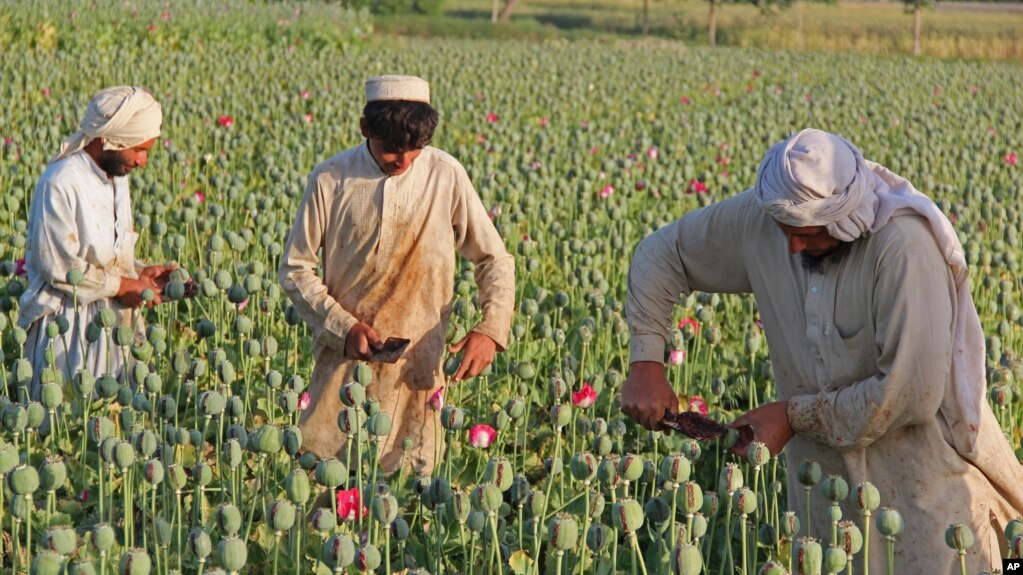Afghan Opium Production Reaches Record High

U.S. anti-drug officials say the Taliban provides protection to traffickers in exchange for weapons, funding and other support. A single kilogram of heroin can generate approximately $1.5 million by the time it reaches users, and the U.S. is trying to cope with a rise in addiction to opiates, both prescription drugs and illegally produced drugs like heroin.
That leads to opportunities to bribe police, judges and customs officials, feeding Afghanistan’s endemic corruption and scaring off foreign investment.
“The main threat to the success of the war (on terrorism) is corruption,” John Sopko, who heads corruption watchdog Special Inspector General for Afghanistan Reconstruction (SIGAR), the watchdog for the $113 billion that the U.S. has given the country, said earlier this year.
President Ashraf Ghani warned, years before he became the country’s leader, that Afghanistan had the potential to become a narco-terrorist state.
No comments:
Post a Comment